More than three years have passed since the Cities-4-People project started. While the end of May 2020 should have marked the end of the project’s activities, the pandemic changed our plans and Cities-4-People was extended for six more months.
Looking back at what was done so far, we can acknowledge great results. Over the course of the past years, we investigated socio-economic and mobility contexts in 5 pilot areas; we set the framework for citizen communities to form and flourish; we co-developed, implemented and scaled up urban mobility projects; we disseminated our lessons-learned in Europe and beyond; and, most importantly, we connected with several citizens, policymakers, academics, NGOs and urban transport and mobility experts in order to work together towards concrete solutions, adhering to the specific needs of local communities.
Three years and a half ago, the Citizen Mobility Communities were formed to co-create real-world solutions to tackle local transport challenges. Now, the communities have brand-new services in place – and many of these are made to last. In Oxfordshire, a free demand-responsive minibus service connects neighbouring villages and allows the citizens to reach different desirable destinations. Budapest has introduced multiple Mobility Points – and will introduce additional ones – in different locations around the city, creating hubs where citizens can pick up their preferred sustainable mode of transport. In Hamburg, 60 bike racks specifically designed to host cargo bikes are now permanently installed in the city. Trikala supports users with mobility impairments by providing motorized wheelchairs that can now cover greater distances. Finally, Üsküdar has improved public green areas, introducing new pathways and electric cars to allow people with disabilities to also access the parks.
During the extension period, with citizens gradually going back to their daily life, the Cities-4-People pilot cities have completed the impact evaluation of the interventions and gathered recommendations, knowledge and best-examples for other cities to replicate. In order to make sure that the achieved impact will be sustained after the project ends, we have put together the main resources and a set of deliverables for future consultation and replication (check them here).




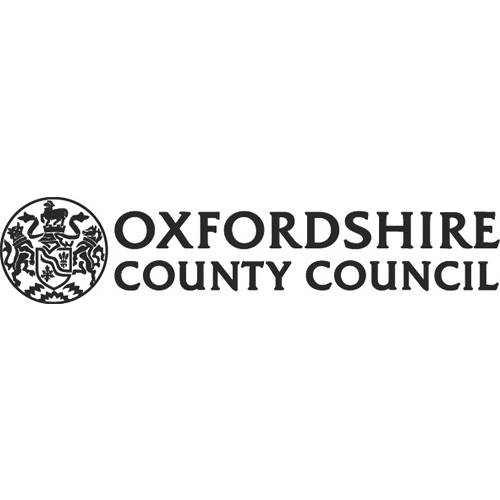

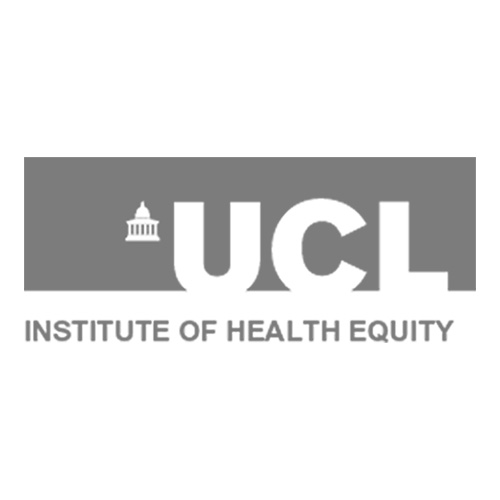
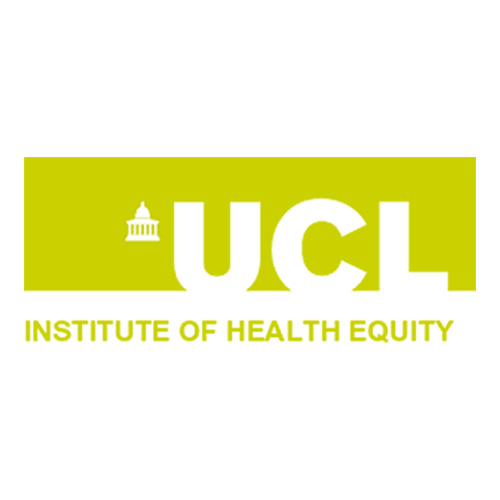


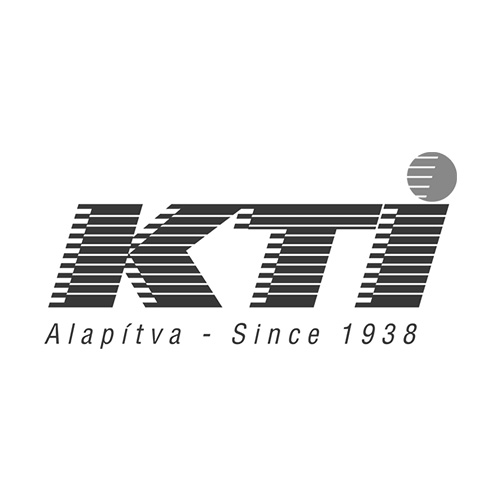
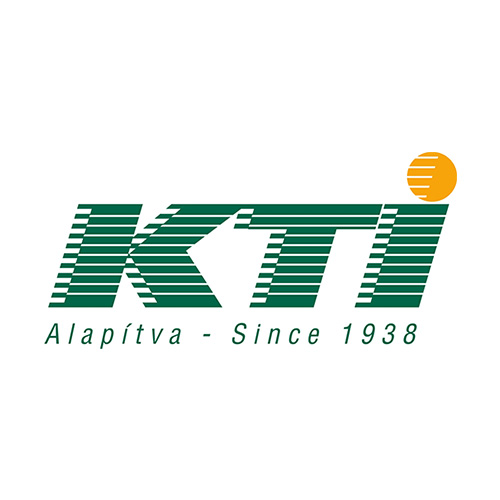
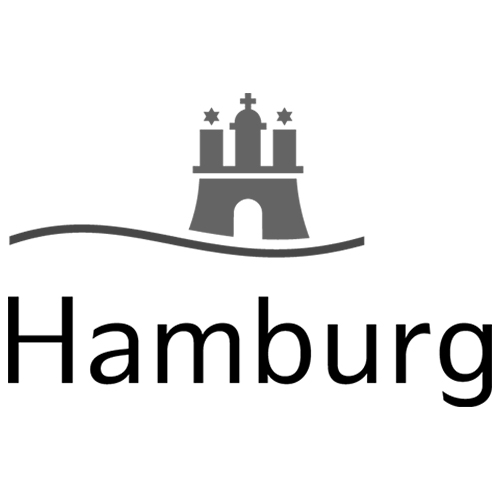
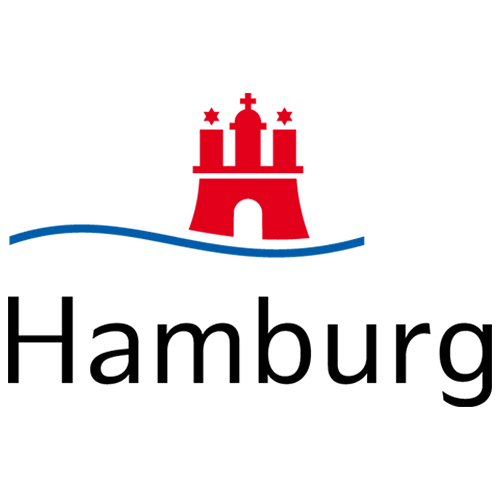
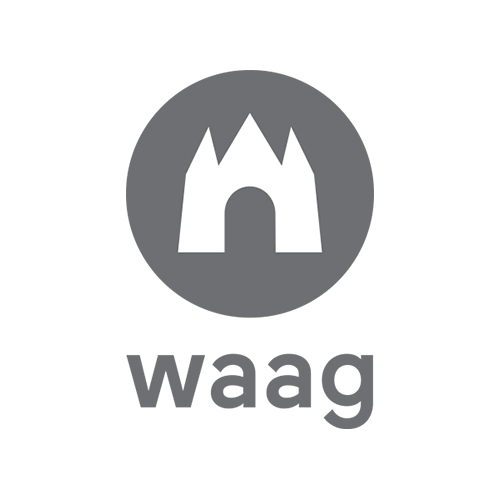

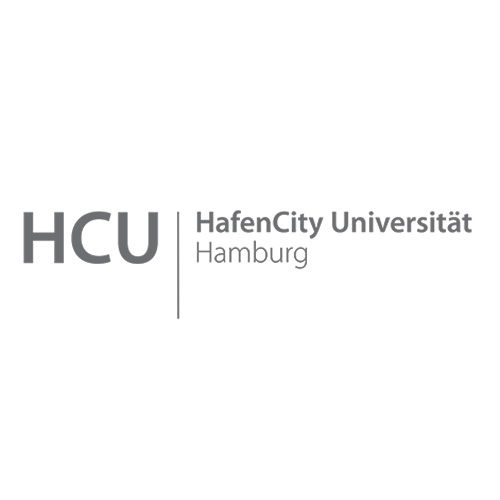
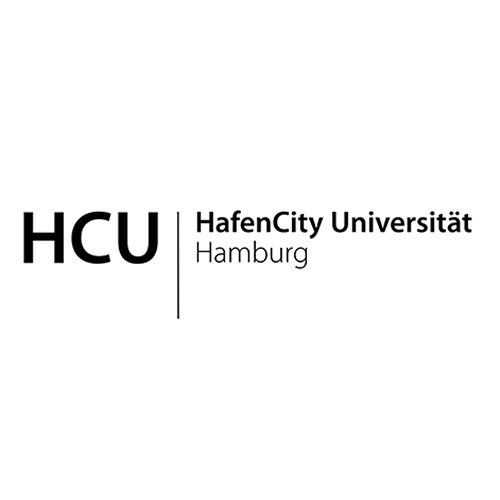
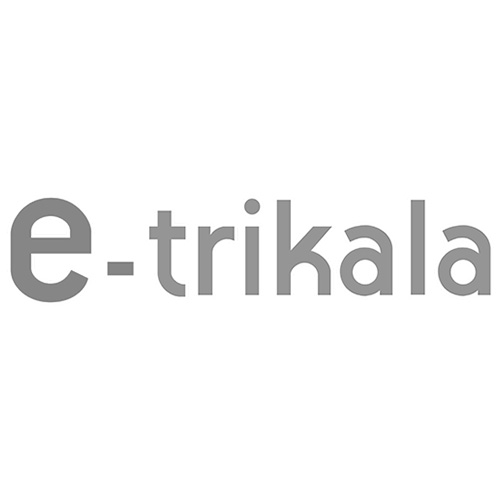
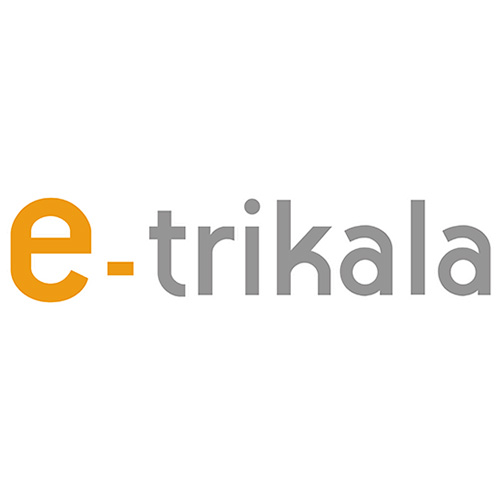


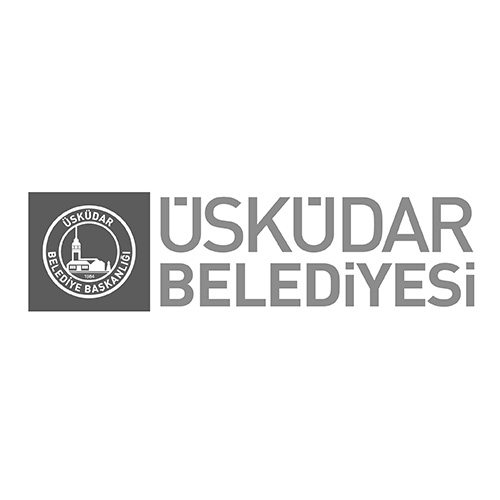


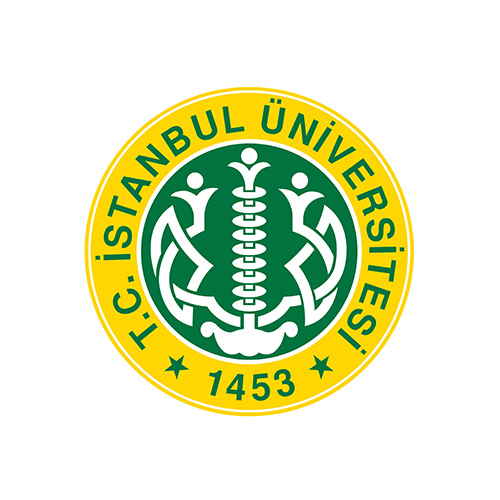


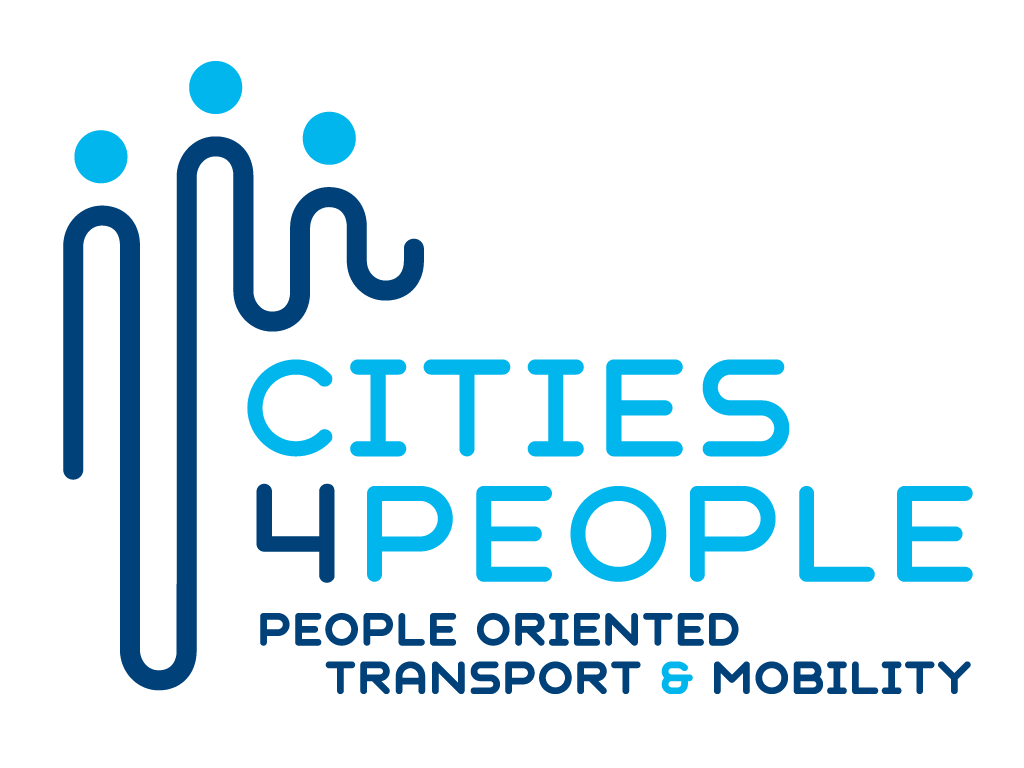
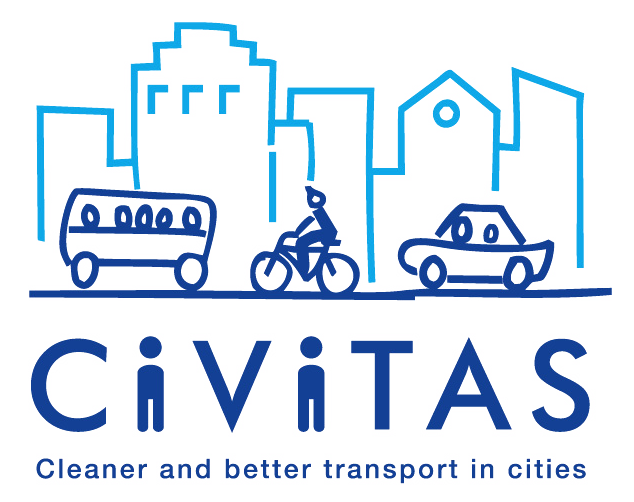


 English
English Magyar
Magyar Deutsch
Deutsch Turkish
Turkish